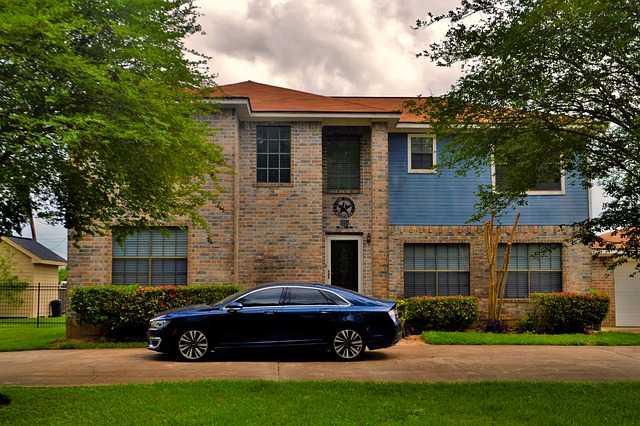Introduction
Keeping water out of the garage is essential to protect your belongings and maintain the integrity of the space. Whether it’s rainwater seeping in or water from a leaking pipe, moisture can cause damage and lead to mold growth. In this article, we will explore effective methods to keep water out of your garage and ensure a dry and safe environment.
Proper Garage Door Sealing
Weatherstripping: One of the primary areas where water can enter the garage is through gaps around the garage door. Installing weatherstripping along the bottom and sides of the door can help create a tight seal. Choose weatherstripping made of durable materials like rubber or vinyl for better insulation.
Threshold Seal: A threshold seal is a barrier placed at the bottom of the garage door to prevent water from flowing underneath. It creates a seal between the door and the floor, effectively blocking any water from entering. Threshold seals are available in various materials, such as rubber or aluminum, and can be easily installed using adhesive or screws.
Proper Drainage System
Gutter Maintenance: Ensure that your gutters are clean and free from debris. Clogged gutters can cause water to overflow and spill near the garage, leading to potential water infiltration. Regularly inspect and clean your gutters to prevent any blockages and maintain proper water flow.
Downspout Extensions: Extend your downspouts away from the garage. This will divert water from the roof and gutters further away from the garage foundation, reducing the risk of water accumulation near the structure. Use downspout extensions or splash blocks to guide water away from the garage and towards a proper drainage system.
Proper Garage Floor Protection
Epoxy Floor Coating: Applying an epoxy floor coating to your garage floor can provide a protective barrier against water and other liquids. Epoxy coatings are water-resistant and can help prevent water from seeping through the concrete. Additionally, they are easy to clean and maintain.
Concrete Sealant: If your garage floor is made of concrete, consider applying a concrete sealant. This will help fill any cracks or pores in the concrete, making it less susceptible to water penetration. Regularly inspect the floor for any signs of damage or wear and reapply the sealant as needed.
Proactive Maintenance
Regular Inspections: Perform regular inspections of your garage for any signs of water damage or potential entry points. Look for cracks in the walls or floor, gaps around windows or doors, and any areas where water could potentially seep in. Address these issues promptly to prevent further water infiltration.
Plumbing Maintenance: Check for any leaks or plumbing issues within the garage. Inspect pipes, faucets, and water supply lines for any signs of leakage. Fixing these issues promptly can prevent water damage and ensure a dry garage environment.
Conclusion
Keeping water out of your garage is crucial to protect your belongings and maintain the overall condition of the space. By implementing proper garage door sealing, ensuring a well-maintained drainage system, protecting the garage floor, and conducting regular inspections and maintenance, you can effectively keep water out of your garage and enjoy a dry and safe environment.
References
– ThisOldHouse.com
– FamilyHandyman.com
– BobVila.com












